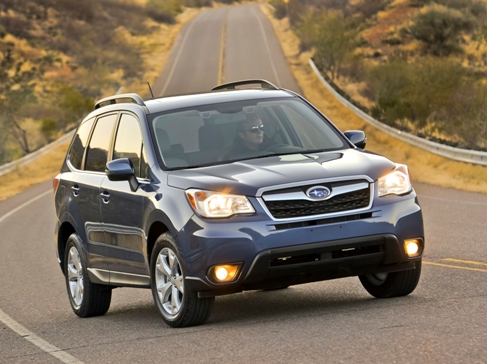A recent industry survey revealed that the automotive industry of Indiana has reached top rungs in multiple categories. However the journey to the top was not a short one in any case.
It is rightly said that “Rome was not built in a day” and if you have a look at the rise of the Indiana auto industry, the proverb would seem tailor made for them.

However the story of success is not a short one and it is no jump to eminence on a sudden spur. Instead, the journey has taken over a decade of investments, research, work, and experimentation at various levels of the industry that has ultimately helped the Indiana auto industry to reach the top on the world map.
“The state’s history with auto making runs deep, back to when tinkerers in garages and bicycle shops were trying to cobble together horseless carriages”, comments one of the research scholars who were undertaking an intensive study of the progress of the Indiana auto industry over the last decade.
One good thing that happened for the Indiana industry was that it got a chance to turn out the hub of domestic automotive industry in the past according to James Madison, the eminent Indiana historian. He has devoted an entire chapter of his upcoming creation “Hoosiers: A History of Indiana” on the evolution of the auto industry in Indiana.
The book is likely to be published next year by the Indiana University Press as well as the Indiana Historical Society. Work of Madison is filled with multiple interesting facts. For instance; it reveals that Kokomo inventor Elwood Haynes was the designer of the one of the initial American automobiles that hit the market.
“He did his historic test drive on umpkinvine Pike outside of Kokomo, and then, through a partnership with some local guys, built a car they were able to drive to New York City,” Madison said. “That was a time, near the end of the 19th century and at the beginning of the 20th century that people were tinkering in Indiana cities, small towns and rural villages. They weren’t all master mechanics, but they were making things.”
He was not the only auto designer from Indiana but there were many others that include names like Stutz, Auburn and Duesenberg. All said and done, over 40 cities in Indiana produced over 250 car designs though they were small scale productions.
It was however, Henry Ford that developed the designs of mass produce inexpensive cars and when it succeeded, others started following suit with their own mass produce and cheap car designs. However when they failed to reach the efficiency levels achieved by Ford Company, they settled for expensive luxury car production. Examples of such luxury vehicles are Stutz Bearcat and Auburn Speedster. However they could not sustain the industry for long and went out of market by 1960s.
That ultimately spurred a movement towards newer and cheaper auto designs in Indiana that gained special momentum in the last decade pushing Indiana auto industry to the top of the ranking ladders eventually.